After a highly volatile week, the febrile mood in the markets has been pacified a little by the Bank of England’s intervention to buy large chunks of UK government debt but signs are that investors have taken on a wait and see strategy.
The pound has settled around $1.07 and the yields on 10 year gilts are still hovering around 50 basis points lower than the high they hit of 4.6% before the Bank stepped in.
But it hasn’t moved the dial that much in terms of the UK’s economic outlook.
It did help calm Wall Street and traders in Asia, with worries about contagion easing.
However the FTSE 100 has opened lower, with investors still highly concerned about the knock on effects of the government’s deep tax cutting policy.
Government borrowing costs are still more than double what they were two months ago and the pound is languishing at 37 year lows, keeping the inflationary pressure up as more expensive imports will be passed onto consumers.
The markets are pricing in that interest rates could hit 5.75% by next year, a hugely painful shift for homeowners.
The economic tug-of-war has now moved within the Bank of England.
It is trying to stop financial instability prompted by super-high yields spreading from parts of the pensions industry by resuming its mass bond buying plan.
But simultaneously it is indicating it will keep hiking rates as part of a monetary tightening drive to rein in inflation.
As pulses are continuously checked across asset classes, for fresh signs of panic, the clock is ticking for the Truss administration to come up with full costings of it plans which has caused such uproar in the financial markets.
The return of the Office of Budget Responsibility which provides independent forecasts, to a seat at the table in the review of the plan, will provide more reassurance, but there is clamour for a lot more detail before the planned November 23 fiscal plan.
There are now signs of a fresh return to austerity with government departments reportedly told to make sweeping cuts to expenditure, despite a vow from Theresa May when she was Prime Minister that the page had been turned on that era.
Investors’ ears will be particularly attuned to the current PM Liz Truss as she finally takes to the airwaves to explain her policies to voters, as well as speeches currently being prepared for her party’s conference which begins this weekend.
High government bond yields matter to millions of voters not just because it means the cost of government debt is going up, which will have to come out of available budgets.
High yields have big implications for mortgage rates because they send so called swaps rates soaring which are used by lenders to price mortgage offers.
The risk is still looming that if mortgage rates become increasingly unaffordable, then there could be a severe correction in the housing market, causing a fresh maelstrom of problems for struggling homeowners and a worsening outlook for house builders.







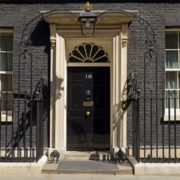
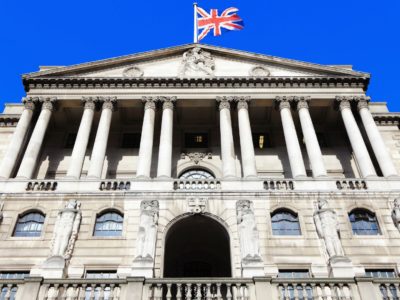

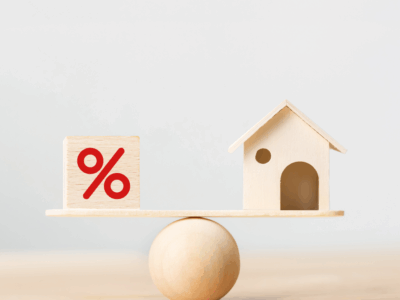




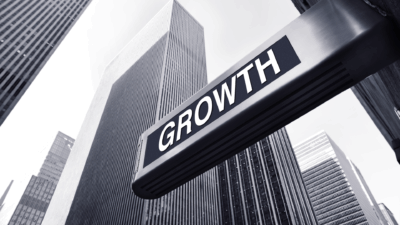
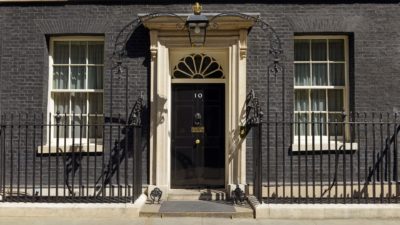






Comments